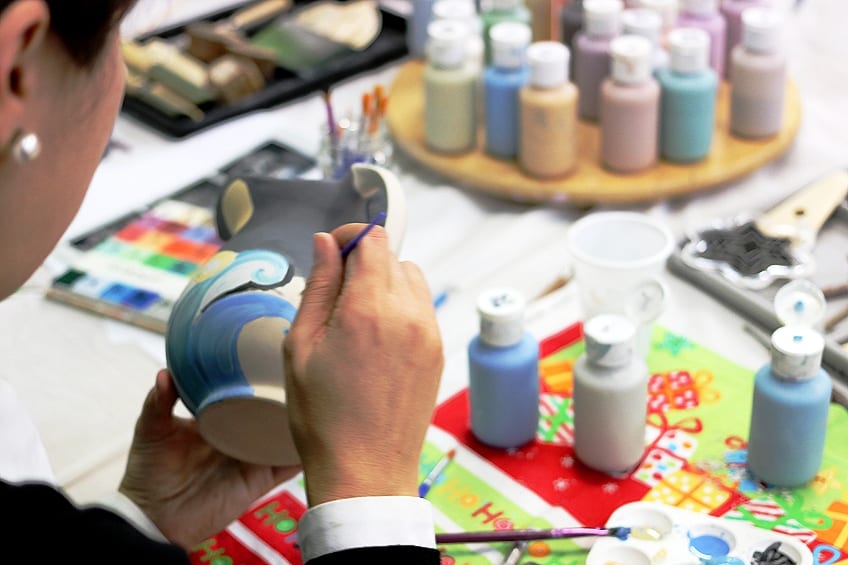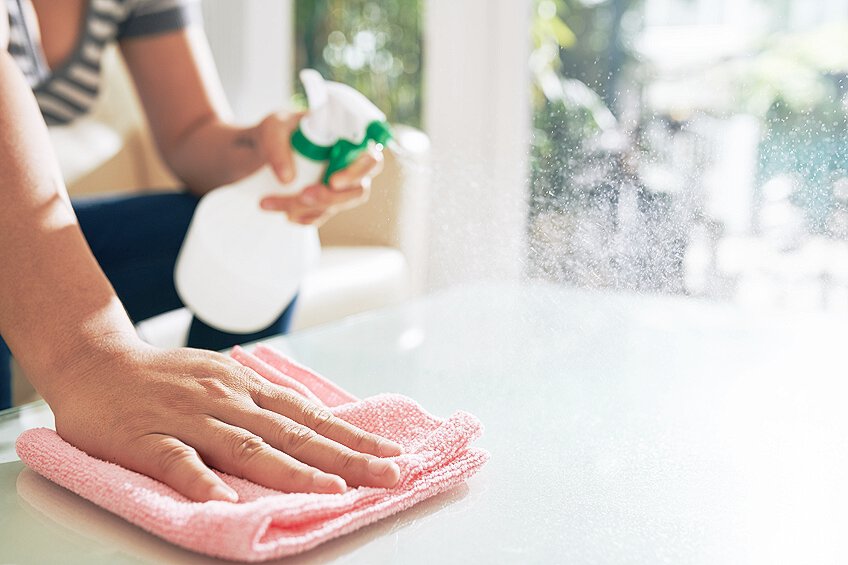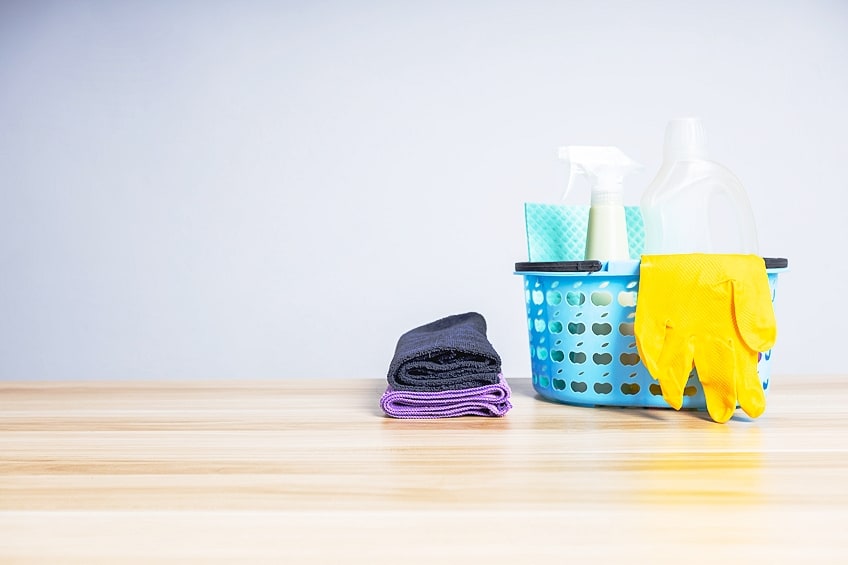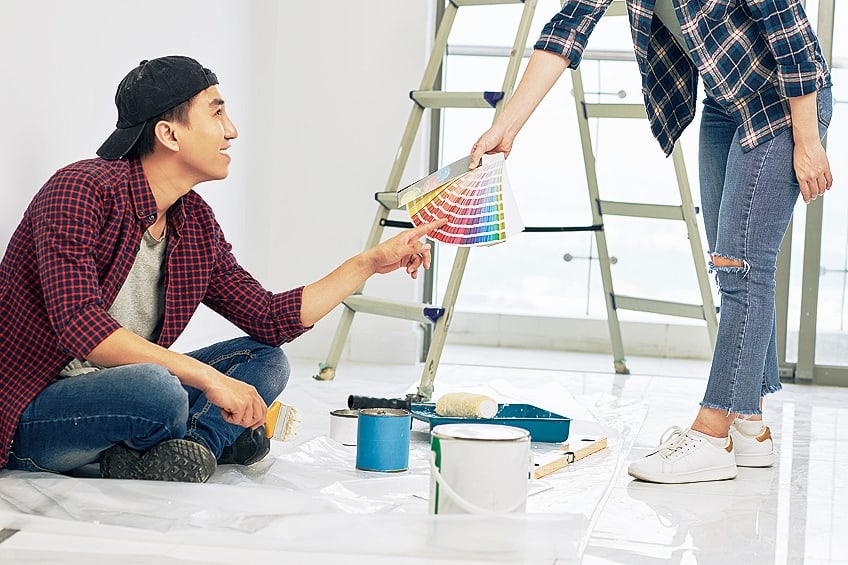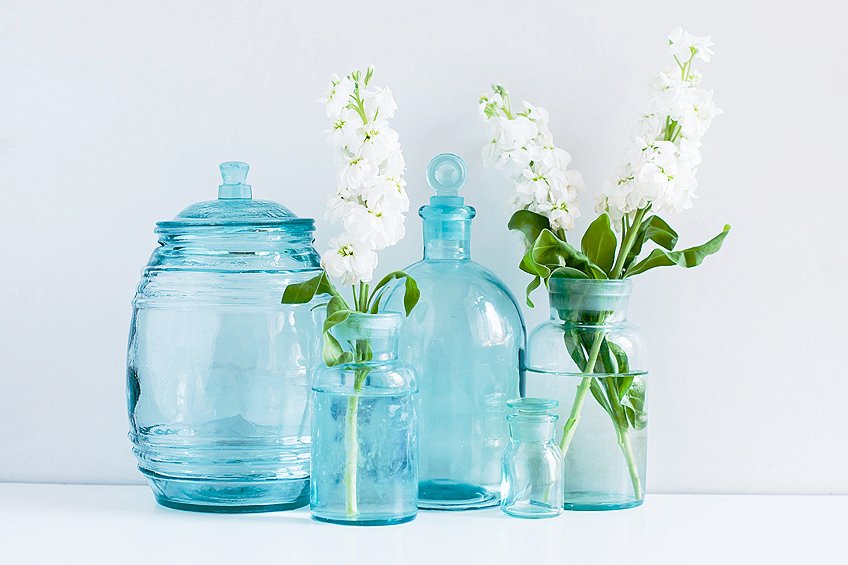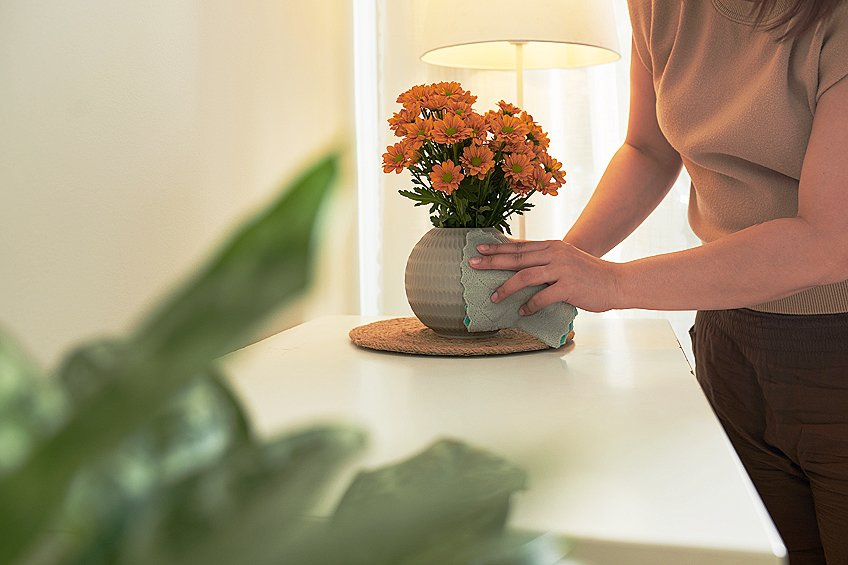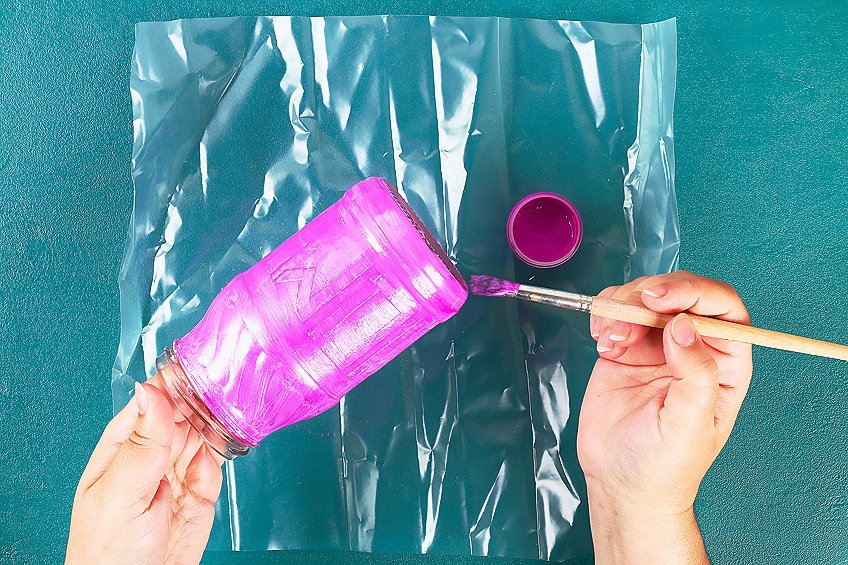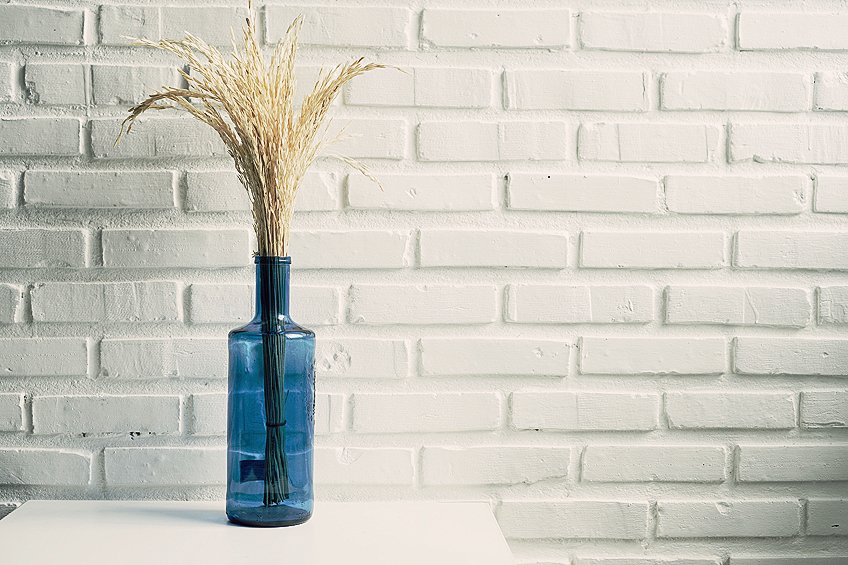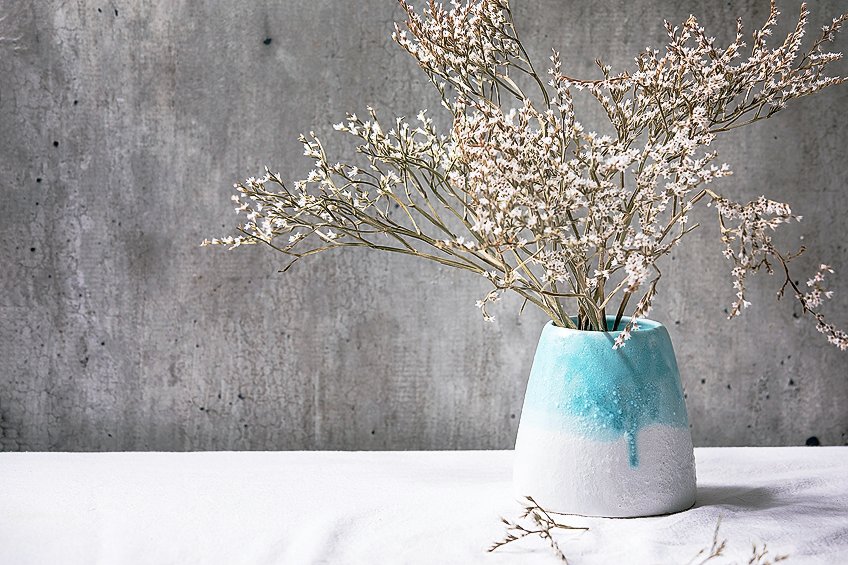How to Paint Glass Vases – From Transparent to Treasured
This post may contain affiliate links. We may earn a small commission from purchases made through them, at no additional cost to you. You help to support resin-expert.com
Welcome to the world of glass vase transformation! In this article, we will explore the art of painting glass vases, a delightful DIY project that adds personal flair and charm to your home decor. Whether you’re a seasoned crafter or a novice enthusiast, painting glass vases opens up a world of creativity and customization. Join us as we delve into the techniques, tools, and tips needed to turn ordinary glass vases into stunning works of art. Let’s unleash your inner artist and breathe new life into your living space with beautifully painted glass vases!
Table of Contents
Key Takeaways
- Painting glass vases is an accessible way to enhance home decor with a personal touch.
- Adequate preparation of the vase and workspace is essential for a successful paint application.
- Proper drying and sealing of the painted vase ensure the longevity and durability of the design.
Preparing Your Workspace
Before beginning the process of painting glass vases, it is crucial to prepare a workspace that is clean, safe, and conducive to the activity. Not only does this involve protecting the work surface, but also taking the necessary safety precautions to ensure a successful project.
Setting Up a Clean Area
One should start by selecting an appropriate work surface that can be easily wiped clean, such as a sturdy table. It is advisable to cover this surface with newspaper or a drop cloth to prevent any paint from staining the area. Paper towels should be at hand to immediately deal with any spills that may occur.
The workspace must also be free of dust and debris, as these can interfere with the paint’s ability to adhere to the glass surface.
Safety Measures
Safety is paramount when working with paints and chemicals. One should always wear disposable gloves to protect their hands from paint and cleaning agents. Using rubbing alcohol on a paper towel can effectively clean the glass vase before painting, which will also remove any residual oils or fingerprints. It’s important to work in a well-ventilated area to avoid inhalation of any fumes, and wearing a mask is advisable for additional protection.
Materials and Tools
When painting glass vases, selecting the appropriate materials and tools is crucial for a successful project. One needs the right type of paint designed for glass, and tools that facilitate precision and creativity.
Choosing the Right Paint
When selecting paint for glass vases, one has two primary options: acrylic paint and glass paint. Acrylic paint is versatile and accessible but requires a sealant for durability. For a more lasting finish, glass paint is formulated to bond with the glass surface. Spray paint can be used for a uniform, opaque look and is available in various finishes. It is imperative to use paints specifically labeled as suitable for glass to ensure adhesion and longevity.
- Acrylic Paint: Quick-drying, versatile, requires a sealant.
- Glass Paint: Durable, designed for glass, doesn’t always require a sealant.
- Spray Paint: Good for even coats, various finishes, quick application.
Selecting Brushes and Other Supplies
For detailed work, one should opt for paintbrushes with natural bristles; they are less likely to leave brush strokes and provide a smooth finish. Stencils and masking tape can be employed to create precise patterns or crisp lines.
- Paintbrushes: Natural bristles preferred for smooth application.
- Stencils: Used for patterns and detailed designs.
- Masking Tape: Assists in creating sharp lines and protecting areas.
Additional supplies that may be needed include:
- Soapy water: For cleaning the vase before painting.
- Isopropyl Alcohol: To wipe down the vase, ensuring it is free of oils and debris for the paint to stick properly.
- Mixing Tools: Such as spoons and measuring cups, for preparing paint mixes. Disposable bowls can be handy for mixing paint.
- Protective Gear: Gloves and masks might be necessary when working with spray paints or if the painting process involves toxic fumes.
Glass Vase Selection and Preparation
Selecting the right vase and properly preparing the glass surface are crucial steps in creating a beautifully painted vase. These initial stages ensure that the paint adheres well and the aesthetic appeal of the finished piece is maximized.
Finding the Perfect Vase
When looking for a vase to paint, variety in shape and size allows for creative flexibility. Thrift store vases are an excellent choice for those seeking both economic and eclectic options. The prospective painter may find hidden gems that are ideal canvases for their artwork.
It’s important for the buyer to select vases that are free of cracks and chips to ensure a smooth painting surface.
Cleaning and Priming the Surface
To prepare the glass for painting, it’s essential that the vase is meticulously cleaned to remove all residue and potential contaminants. To properly clean the vase, start by washing it with a solution of warm water and a drop of dish soap to ensure thorough cleaning. Rinse it with clean water to eliminate any soap residue. Dry the vase entirely either by using a lint-free towel or allowing it to air dry. Then, wipe the exterior with a cloth soaked in vinegar or rubbing alcohol to ensure the surface is completely free of oils and residue.
After the vase is clean, it should be primed to help the paint stick to the smooth glass surface. Use a primer designed for glass; apply it evenly according to the manufacturer’s instructions, and allow it to dry completely before proceeding to paint.
Painting Techniques
The process of painting glass vases encompasses a variety of techniques to apply paint efficiently and add details with texture to create a visually appealing piece.
Applying Paint Efficiently
To ensure a smooth and even coverage when painting on glass, one must select the right type of paint. Enamel paint and acrylic paint are commonly used for their adherence to glass surfaces. Applying a primer can enhance paint adhesion, and some painters mix in baking soda with acrylic paint to give it texture and opacity. It is crucial to use the correct brush strokes to avoid brush marks and achieve a seamless finish. Flat brushes provide broad strokes, while fine-tip brushes are perfect for detailed work.
Adding Details and Texture
Detailing with paint can bring dimension and personality to glass vases. Techniques such as stippling create dotted patterns that contribute to the texture. One can also layer different colors or use a dry brush technique for highlighting details. To achieve intricate patterns or lines, painters often use thinner brushes or specialized tools like a stippling brush. Incorporating texture can be done using various additives mixed with the chosen paint. For example, adding baking soda to paint can result in a gritty, dimensional effect.
Chalk paint, known for its matte finish, can also be used on glass to produce a distinctive texture.
Drying and Sealing
After applying paint to a glass vase, the drying and sealing processes are crucial to ensure durability and longevity of the finish. These steps help protect the paint from chipping and moisture.
Proper Drying Times
Drying time is essential to achieve a smooth, even finish on a painted glass vase. The vase should be left to dry at room temperature in a dust-free environment, away from direct sunlight. Drying times can vary but typically range from 24 to 72 hours depending on the type of paint used and the thickness of the application.
- Acrylic Paint: Approximately 24 hours
- Oil-Based Paint: Up to 72 hours
- Spray Paint: Check the manufacturer’s recommendation, usually around 24 hours
One should never rush the drying process, as premature handling can leave fingerprints or smudges in the paint.
Applying the Final Sealer
Once the painted vase is completely dry, it’s time to apply a sealer to protect the paint from wear and elements. Sealers come in various finishes, so one can choose between matte, satin, or glossy based on the desired appearance.
- Spray Sealers: Often easiest to apply, providing a uniform coat.
- Brush-On Sealers: More control over the thickness and coverage, ideal for intricate designs.
The sealer should be applied in a well-ventilated area, following the manufacturer’s instructions. It typically should dry for at least 24 hours, and some may recommend curing in an oven at a low temperature for added durability. However, oven curing should only be done if the manufacturer’s instructions specifically state that the product is oven-safe.
Painting glass vases is a wonderfully rewarding DIY endeavor that allows you to infuse your style into your home decor. By following the techniques and tips outlined in this article, you’ve learned how to transform ordinary glass vases into captivating pieces of art. Remember, experimentation and creativity are key ingredients in this craft. So, unleash your imagination, explore different painting methods, and enjoy the process of bringing beauty and uniqueness to your living space. With a little patience and practice, your painted glass vases will surely become cherished focal points that reflect your creativity and style for years to come. Happy crafting!
Frequently Asked Questions
What Type of Paint Works Best for Glass Vases?
The best paints for glass vases are those that adhere well to glass surfaces and provide durable coverage. Enamel paints or acrylics made specifically for glass are ideal choices. They remain vivid after drying and resist flaking. It’s recommended to select paints that can be heat-set in an oven for added longevity.
What Techniques Should Beginners Use When Painting Glass Vases?
Beginners should start with simple techniques such as single-color coats or basic patterns. Using painter’s tape to create sharp lines and designs is a helpful method. They should apply thin coats and allow sufficient drying time between them to avoid drips and ensure even coverage. Sponge painting or stippling can also be a beginner-friendly technique to add texture and depth to the vase’s surface.


